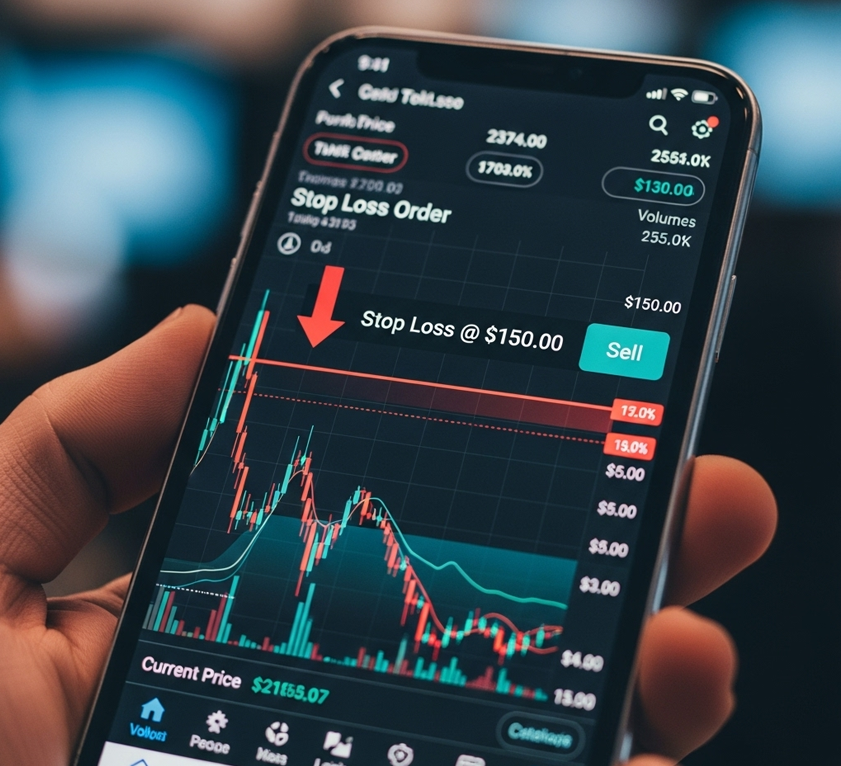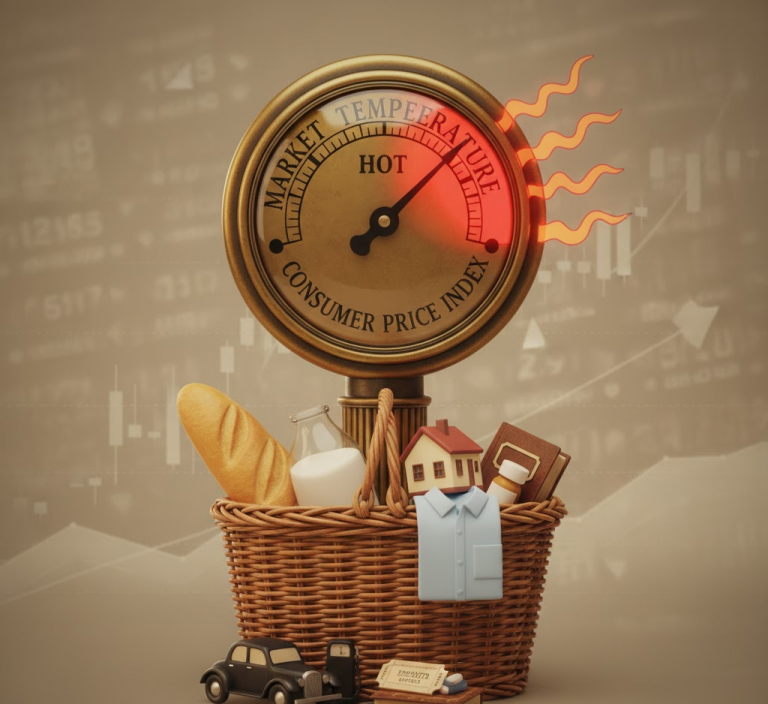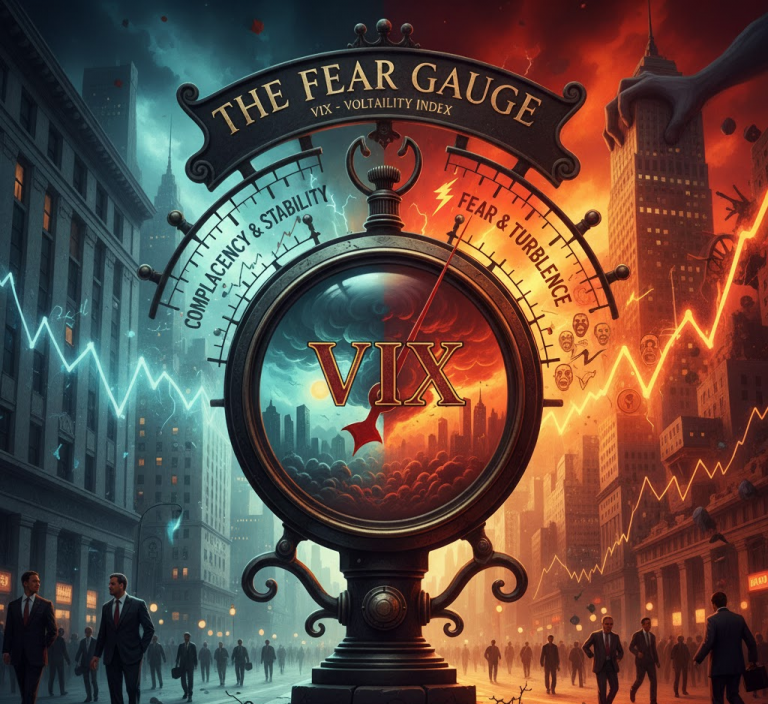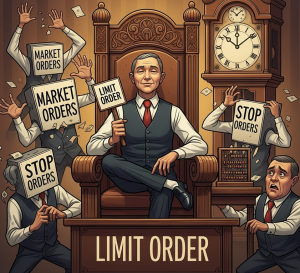The Trader’s Safety Net: Understanding the Stop-Loss Order
Summary TLDR
A stop-loss order is a defensive instruction given to a broker to automatically sell a security if its price falls to a predetermined level. Its purpose is to limit an investor’s potential loss on a position.
Introduction
In the art of trading, managing risk is more important than chasing profit. The most successful traders are not those who are always right, but those who lose the least when they are wrong. The single most powerful tool for achieving this is the stop-loss order. It is a pre-planned escape route, an unemotional and automated command that protects your capital from a damaging decline. It is the safety net you put in place before you ever take the first step on the tightrope.
The Core Concept (Explained Simply)
Imagine you are driving a technologically advanced car with an automatic emergency braking system. Before you start your journey, you program the car’s computer: “If the front sensor detects an obstacle within five feet, slam on the brakes immediately.”
You hope you never need this system. But if you get distracted or your own reflexes are too slow, this pre-set, automated instruction will take over and protect you from a serious collision.
A stop-loss order is this exact emergency brake for your investment. When you buy a stock, you place a dormant order at a price below your purchase price. This is your “stop price.” The order does nothing as long as the stock price is behaving well. But if the price suddenly drops and hits your stop price, the emergency command is triggered, and your broker automatically sells the position to prevent a small loss from turning into a catastrophic one.
From Theory to Practice
The stop-loss is a fundamental tool for disciplined risk management. Here is how it functions:
- Placement: After buying a stock, a trader determines the maximum amount they are willing to lose. If they buy at $100 and decide they can risk no more than $5 per share, they will place a sell-stop order at $95. This order remains inactive unless the price drops.
- The Trigger: The moment the stock’s price touches or falls below the stop price ($95 in this case), the order is “triggered” or activated.
- Execution: This is the most critical part to understand. Once triggered, a standard stop-loss order immediately becomes a market order. It does not guarantee an execution at your stop price; it instructs your broker to sell at the next available market price.
- The Risk of Slippage: In a stable market, your execution price will be very close to your stop price. However, in a volatile, fast-falling market (or an illiquid stock), the next available price might be significantly lower. If your stop is at $95, the actual sale might happen at $94.80. This difference is known as slippage.
A Brief Illustration
An investor buys 100 shares of Company XYZ at $50 per share. They believe the stock has strong support at $47 and decide they will exit the trade if that level is broken.
- They immediately place a stop-loss order for their 100 shares with a stop price of $46.90.
- The stock rises to $55. The stop-loss order remains dormant and has no effect.
- Later, the stock begins to fall. It drops past $50, past $48. The order is still inactive.
- The moment the stock trades at $46.90, the order is triggered and converts into a market order to sell 100 shares. The shares are sold at the best available price, which might be $46.90 or slightly lower, thus protecting the investor from any further losses if the stock continued to drop to $40.
Why It Matters
- It Removes Emotion: Fear and hope are a trader’s worst enemies. A stop-loss automates the painful but necessary decision to cut a loss, preventing you from holding on and hoping a bad trade will reverse.
- It Defines Your Risk: It allows you to know your exact, maximum potential loss on a trade before you even enter it. This is the foundation of professional risk management.
- It Frees Your Attention: With a stop-loss in place, you don’t have to monitor every price tick. You have a “worst-case scenario” plan that will execute automatically.
Additional Topics to Explore
- Trailing Stop Order: An advanced order that automatically moves its stop price up as a stock’s price rises, allowing a trader to lock in profits while still protecting against a reversal.
- Stop-Limit Order: A variation that combines a stop price with a limit price to give the trader control over the execution price, though it does not guarantee the order will be filled.
- Stop-Loss Orders: Understanding the basic version is crucial to grasping the trade-offs of the stop-limit.






















